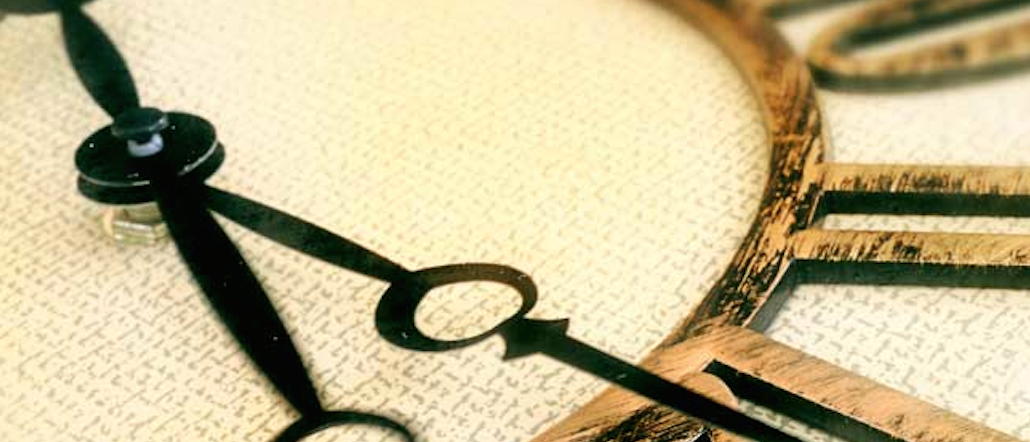Save 50% on a 3-month Digiday+ membership. Ends Dec 5.

The Financial Times has been at the forefront of an industry trend toward time-based ads: The time a consumer is exposed to an ad matters more than the standard cost per impression, the thinking goes. And after nine months of selling on its so-called cost-per-hour basis, the publisher said that (surprise!) it has proof that they work.
The FT has run 17 campaigns across 13 clients, including BP and Microsoft, which only pay if their ad is in view for five seconds or longer. The FT estimates these campaigns have contributed $2.2 million in revenue it wouldn’t have otherwise gotten.
An FT analysis summarizing six ad campaigns bought on a cost-per-hour basis scored 58 percent higher in brand consideration than the same ads when seen for less than five seconds. Ad recall and brand awareness rose 79 percent and 71 percent, respectively.
“It reinforces our thinking that the longer time you spend with a message, the more impactful it’s going to be,” said Brendan Spain, U.S. commercial director at the FT. “One of the main learnings is, if marketers have something important to say on a digital platform to an engaged audience, focusing on impressions isn’t the best way to deliver that message.”
A few publishers have been championing the idea of time-based ads as a replacement for the standard cost per impression. There are a couple reasons a publisher like the FT would embrace it. It’s a niche publisher and, as such, has fewer impressions to sell than its large-scale counterparts. The offering also fits squarely with its focus on brand advertisers. Upwards of 85 percent of the FT’s advertising is brand advertising, whereas only 41 percent of all online advertising is; the balance is direct response.
And given the problems of cluttered Web pages, ad blockers and viewability issues, having ad options that guarantee ad impressions is increasingly important. “For brands that are looking to make a statement, whether that’s for their brand themselves or new services or trying to build association in a certain environment, that seem to be one way to deliver that experience,” said Adam Shlachter, chief investment officer at Digitas.
Cost-per-hour now represents 7 percent of the impressions the FT has served this year; for next year, Spain hopes to get that figure up to 30 percent.
Ad position: web_incontent_pos1
Nevertheless, the FT and others have a lot of work to do to sell advertisers on time-based metrics. In addition to limiting itself to brand advertising, the approach runs counter to traditional agency buying practices. Even though most of the FT’s business is brand advertising, the most common KPI is a high click-through rate, Spain said.
“The hurdle we all have to clear is the buying process — these big monolithic systems that the big holding companies have put in place, rewiring the whole process that’s been set up around CPM,” said Marc Guldimann, CEO of Sled, an ad tech company that introduced a platform this month that sells time-based ad units.
The FT has had better luck with clients, who are more receptive, whereas “we still have a lot to do to get agencies on board,” Spain admitted. “There’s not a place on the spreadsheet for cost per hour. They say, ‘I don’t care how long an ad’s in view.’ They just want 100 percent viewability.’”
Image courtesy of Shutterstock.
More in Media

What publishers are wishing for this holiday season: End AI scraping and determine AI-powered audience value
Publishers want a fair, structured, regulated AI environment and they also want to define what the next decade of audience metrics looks like.

Digiday+ Research Subscription Index 2025: Subscription strategies from Bloomberg, The New York Times, Vox and others
Digiday’s third annual Subscription Index examines and measures publishers’ subscription strategies to identify common approaches and key tactics among Bloomberg, The New York Times, Vox and others.

From lawsuits to lobbying: How publishers are fighting AI
We may be closing out 2025, but publishers aren’t retreating from the battle of AI search — some are escalating it, and they expect the fight to stretch deep into 2026.
Ad position: web_bfu
